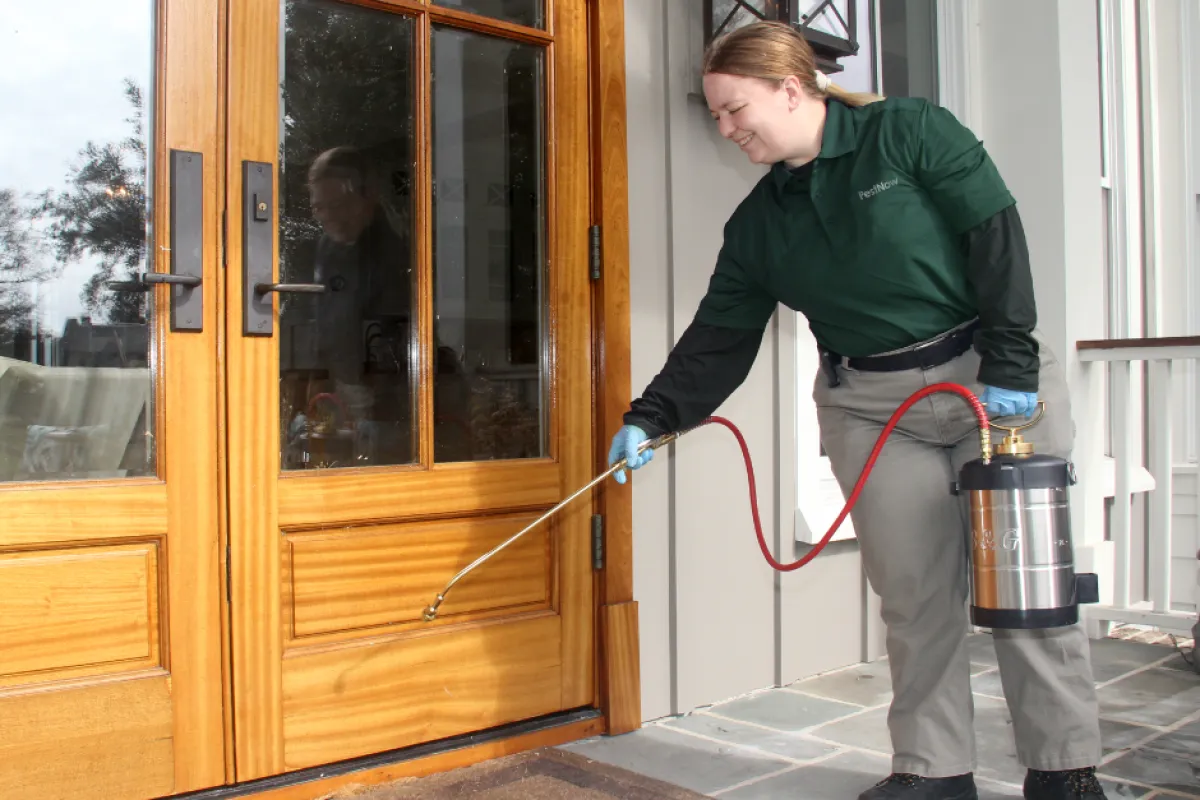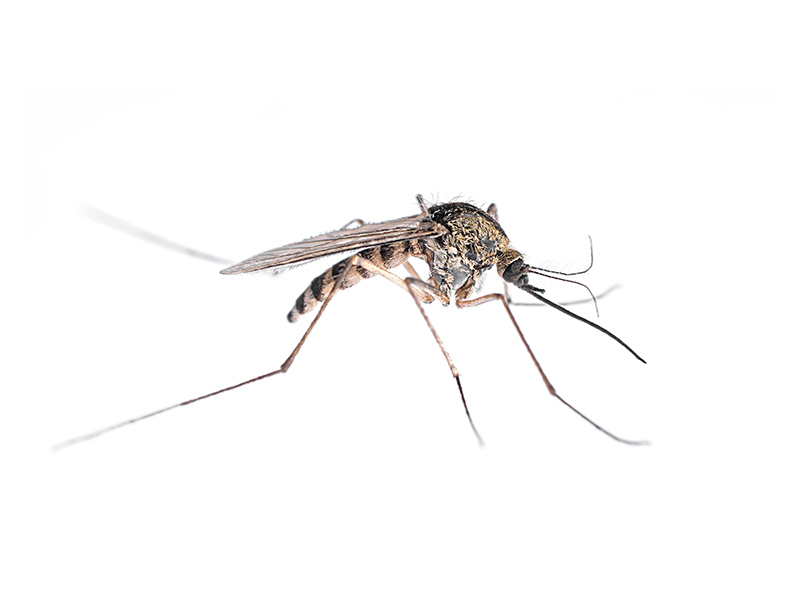Defend your home safe with Pest Control and stop future infestations.
Eco-Friendly Pest Control Approaches for Taking Care Of Wildlife in Urban Areas
Urban locations commonly discover themselves at the intersection of human activity and wild animals, leading to unique challenges in pest management. Eco-friendly strategies highlight sustainable coexistence, using techniques such as habitat modification and natural repellents to mitigate human-wildlife disputes. These methods not just shield the setting however likewise boost area engagement in wild animals management. As urban populaces proceed to grow, comprehending the dynamics of wild animals communications becomes increasingly essential. What cutting-edge methods can be applied to make certain both environmental balance and urban security? Exploring this inquiry discloses an engaging landscape of prospective services.
Comprehending Urban Wildlife Dynamics
Understanding Urban Wildlife Dynamics is vital for establishing reliable and environment-friendly bug control approaches. Urban locations are increasingly coming to be environments for various wild animals types, driven by factors such as habitat fragmentation, food availability, and human infringement. Identifying these characteristics permits a nuanced technique to pest monitoring that lines up with eco-friendly concepts.
Urban wild animals usually includes species such as raccoons, squirrels, and birds, which adapt to city settings, finding particular niches in environment-friendly rooms, parks, and also suburbs. Their existence can lead to conflicts with humans, specifically when they manipulate personnels for food and sanctuary. Recognizing the behaviors and eco-friendly duties of these varieties educates approaches that lessen negative interactions while promoting biodiversity.
Furthermore, acknowledging the interdependencies within metropolitan communities helps in recognizing vital locations for environment conservation and remediation. This expertise adds to the development of integrated insect monitoring (IPM) strategies that think about the eco-friendly balance, thereby lowering dependence on damaging chemicals. By fostering coexistence between humans and metropolitan wildlife, cities can create healthier environments that benefit both residents and neighborhood ecosystems, leading the method for lasting city living.
All-natural Repellents and Deterrents
All-natural repellents and deterrents use a sustainable alternative to standard parasite control techniques by taking advantage of the power of nature to maintain unwanted varieties at bay. These eco-friendly remedies typically make use of plant-based active ingredients, necessary oils, and various other normally happening compounds that deter insects without hurting the environment.
One reliable all-natural repellent is peppermint oil, which is known to repel rodents and pests. Its solid scent is unpleasant to numerous insects, making it a popular choice for metropolitan settings. In a similar way, vinegar and citrus peels can serve as deterrents, as their solid odors are commonly unattractive to various wildlife.
Furthermore, diatomaceous planet is a natural powder that can be spread out in locations susceptible to pest task, successfully drying out and preventing bugs without positioning threats to non-target types. Garlic sprays and neem oil are recognized for their capability to repel a large range of bugs, consisting of both insects and larger wild animals.
Applying these natural repellents not just reduces reliance on chemical pesticides however additionally advertises a much healthier city environment, fostering an extra well balanced coexistence in between humans and wildlife. By using these methods, city locations can successfully handle insect populations while decreasing ecological effect.
Environment Modification Techniques
Effective environment modification techniques play an important function in sustainable pest administration by changing the setting to make it less for pest invasions. By comprehending the ecological dynamics of city areas, home proprietors can execute strategic adjustments that prevent insects while advertising biodiversity.
(Residential pest control Port Charlotte)One main method involves preserving appropriate cleanliness. This consists of normal waste removal, protecting trash can, and getting rid of standing water to decrease breeding sites for bugs and rodents. In addition, landscaping practices such as selecting indigenous plants can boost eco-friendly equilibrium, providing habitats for valuable microorganisms while decreasing resources for parasites.
One more crucial strategy is to seal entrance factors in structures. Evaluating and fixing cracks in structures, wall surfaces, and home windows can considerably decrease insect gain access to. In addition, creating physical barriers, such as fencings or plant barriers, can inhibit wildlife activity into human-inhabited areas.
Integrated Bug Administration Practices
Structure upon environment alteration strategies, integrated parasite monitoring (IPM) methods offer an all natural strategy to managing insect populations while minimizing ecological impact. IPM integrates various approaches, including organic, cultural, mechanical, and chemical controls, to achieve efficient pest monitoring.
Organic control entails the introduction of natural killers or bloodsuckers to reduce parasite populaces. Social practices, such as plant rotation and hygiene, interfere with pest life cycles and diminish their habitats - Pest control service. Mechanical controls, like catches and obstacles, give instant remedy for parasite stress without chemical treatment
Chemical controls are used as a last hope, focusing on targeted applications that limit damage to non-target species and the atmosphere. The selection of eco-friendly pesticides, when essential, is important to the IPM framework. In addition, monitoring parasite populations and assessing potential damage assists educate decision-making, making sure that interventions are timely and effective.
Community Participation and Education And Learning

(Termite treatment Port Charlotte)Workshops and informational sessions can equip locals with expertise regarding native varieties, habitat conservation, and reliable safe bug administration visit their website techniques. Partnership with institutions, local companies, and government agencies additionally enhances educational outreach, making sure that crucial information gets to diverse audiences.
Moreover, community-led efforts, such as area clean-up days and environment remediation jobs, not only advertise biodiversity however likewise strengthen community connections. Pest control service. By motivating homeowners to share their experiences and monitorings, communities can create targeted techniques that address details neighborhood insect issues
Including comments from residents into pest administration intends makes it possible for an extra responsive and adaptive approach to wildlife obstacles. Eventually, informed and involved neighborhoods are vital to attaining lasting success in eco-friendly parasite control, resulting in healthier urban environments that value both human and environmental requirements.

Conclusion
To conclude, environment-friendly parasite control comes close to deal lasting solutions for taking care of metropolitan wild animals. By prioritizing habitat modification, utilizing all-natural repellents, and applying integrated pest administration techniques, neighborhoods can foster an unified coexistence with neighborhood animals. Moreover, involving locals with education and learning improves awareness and urges liable wild animals communications. Eventually, these approaches not only protect biodiversity however additionally advertise ecological health and wellness, ensuring metropolitan areas stay vibrant ecosystems where human beings and wild animals flourish with each other.